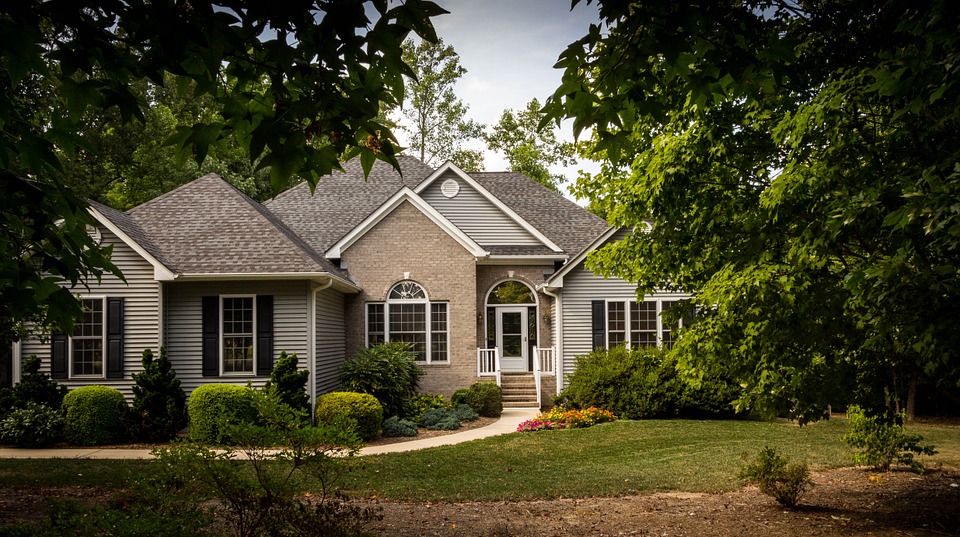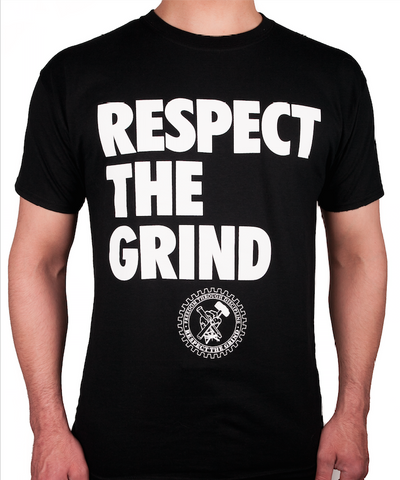Real estate is one of the most powerful investment vehicles available throughout history.
Traditionally, the main investment vehicles for people have been equities (aka stocks), real estate or businesses.
All wealth in the world is either made or held in real estate and relative to stocks or businesses, real estate holds it’s value in tangible assets and can never really go to zero. Businesses can go bust and equities can go to zero, but real estate is never really worth zero because buildings and land always seem to hold value.
To traditionally invest in real estate, you need 20% of the purchase price of the property in cash and the bank will finance the other 80%.
Lets say we have a small rental house that is worth $100,000 and we have $20,000 saved to make the purchase. In 2017 these types of properties still exist. I’m from Winnipeg and it’s still possible to purchase property for $100,000 with $20,000 down.
To make your investment worthwhile, you need to make sure that the property can rent for more than it costs to hold. This is called positive net cash flow. A small house like the one above for $100,000 would likely be a 2 bed 1 bath starter home that can rent for $1,000 a month.
Total Income:
$1,000 a month
Your expenses would be:
Mortgage principle and interest: $378.60
Insurance: $100 a month
Tax: $100 a month
Hydro and heat: Paid by tenants
Water: $50 a month
Management: $100 a month
Net cash flow in this scenario would be: $271.40 per month
To make this property worthwhile, we need to invest in a 10 year time horizon minimum. Buy and hold real estate only makes sense in a minimum of a 5 to 10 year window.
Over the next 10 years you will make money through the following 6 profit centers of real estate:
The 6 profit centers of real estate:
- Equity on day one
- Leverage
- Cash Flow
- Mortgage Pay down
- Appreciation
- Depreciation
Assuming we hold this property for 10 years we will make money in the following categories:
- Equity on day one – $0 because we paid full market value, no discount was had at purchase time.
- Leverage – We are making returns on a $100,000 asset instead of our $20,000 principle.
- Cash Flow – $32,568 for 120 months of cash flow (10 years)
- Mortgage Pay down $54,893,79 is the remaining balance on the mortgage. $45,106.21 is the equity you have after 10 years.
- Appreciation – assuming a 3% appreciation per year the property will be worth $134,391.63 after 10 years.
- Depreciation – The cash flow you made each year was tax deferred because of depreciation.
If you were to sell the property after ten years for $134,391.63 and paid out the mortgage of $54,893.79 you would be left with net equity of $79,497.84 in addition to the cash flow of $32,568 for total cash and equity of $112,065.84.
Subtract your original $20,000 and you made $92,065.84 over ten years which is roughly $9206 per year which works out to roughly 46% per year.
You might say 46% is a fantastic return! And it is, but we have left out some assumptions:
There are a lot of assumptions:
Some of our assumptions in this model are the following:
- We sell the property ourselves with no realtor, add 5% in most markets to sell the property as a cost to sell.
- Closing costs and other fees with selling are excluded.
- Cleaning/renovating the property for sale are also excluded and may be needed.
- The tenants are perfect angels with no vacancy in this scenario, the property also has no maintenance or cash calls.
- Expenses for operating stay fixed over five years, which rarely happens.
- We are budgeting no money for accounting, legal, banking, corporate filing, book keeping etc.
- We are not factoring in the value of your time.
- You have good enough credit and creditworthiness to get a mortgage.
Typically, small properties 1-4 doors must be self managed to create true cash flow over time or have less than 50% debt on them to create cash flow. You would need to self manage this property to see numbers like 46% ROI per year. Which begs the question, do you want to be managing property?
Most professional real estate investors get into larger properties where the management scales well.
I always tell people: If you have less than $100,000 to invest, then do buy-fix and sell strategies until you have $100,000. Then invest into large apartment blocks, businesses or commercial real estate for something that will provide a scalable return over time.
Real estate is one of the most powerful investment tools available for anyone to use.
Learn to build wealth through real estate and in a 5 or 10 year time period, you can achieve true financial freedom.
Respect The Grind,
Stefan Aarnio
P.S. If you’re serious about real estate investing you should take me on this special offer.


